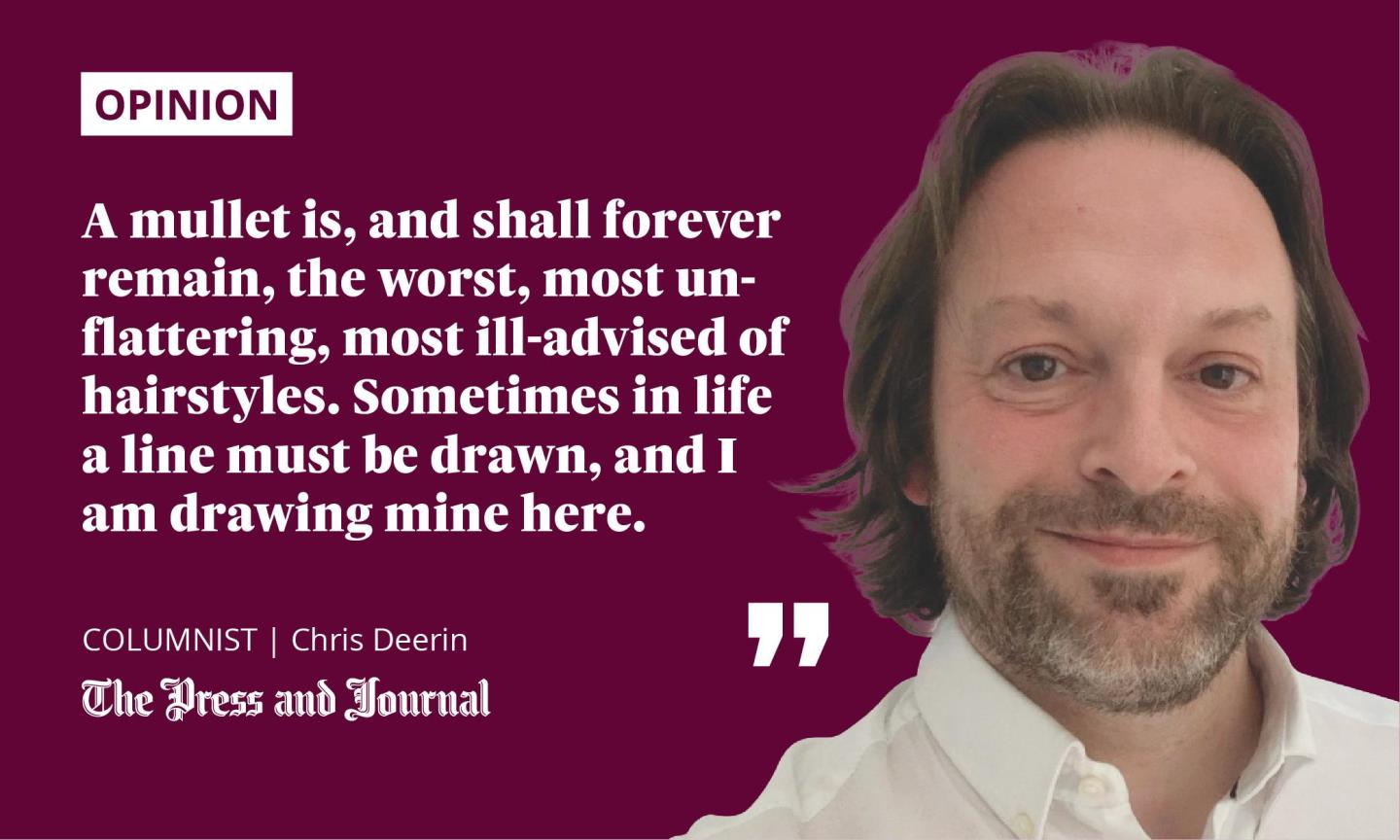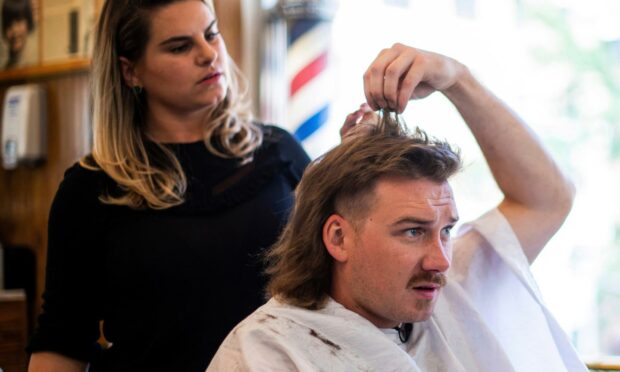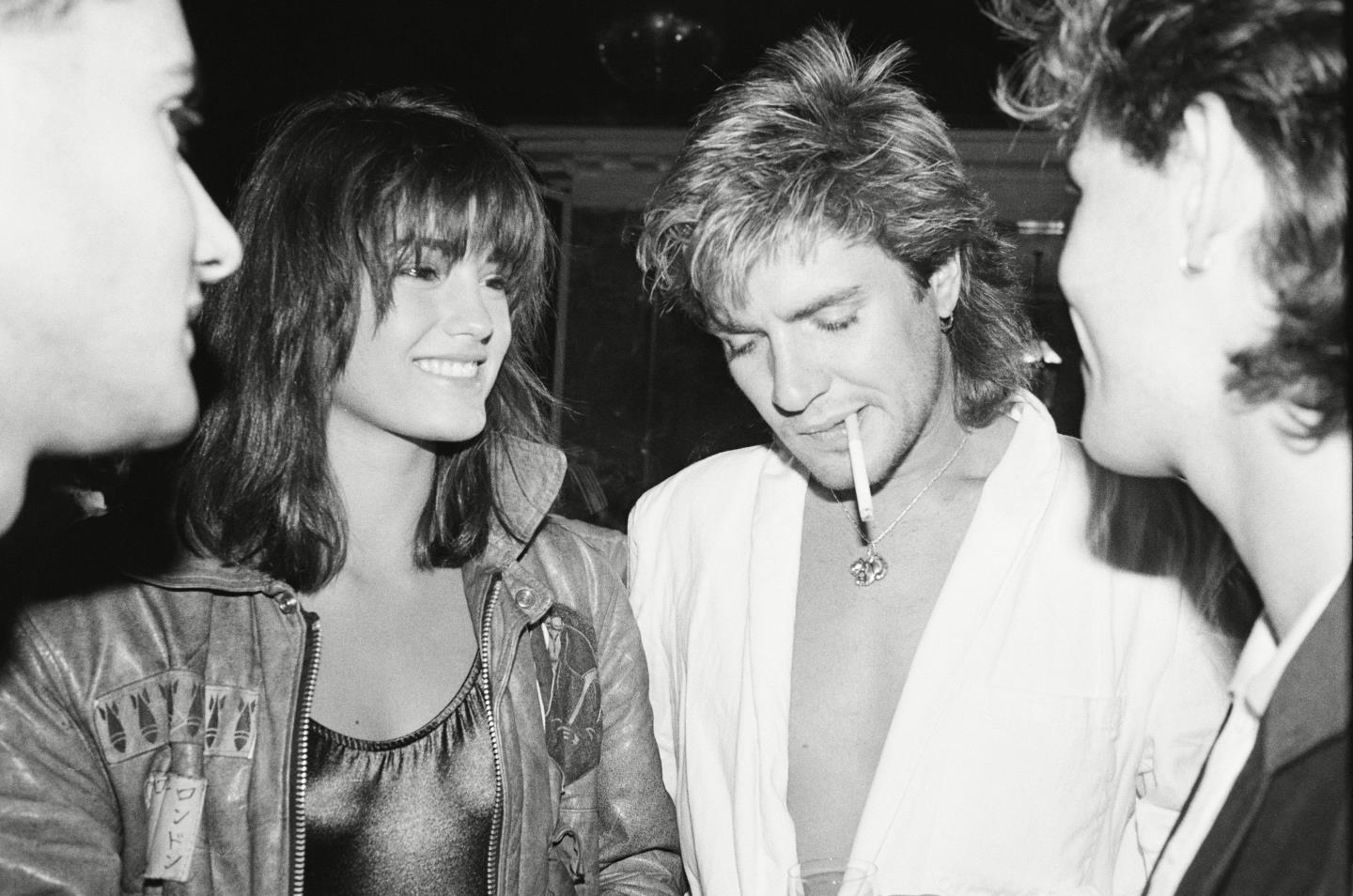It was a typical Sunday morning.
I was driving my 16-year-old daughter home from a sleepover, before driving to Glasgow to drop off a laptop for my 20-year-old daughter, before returning home to drive my 12-year-old daughter to a party. I was groggy and feeling a bit sorry for myself, as what remained of my weekend disappeared in a trail of exhaust fumes.

Then, as if sideswiped by a passing 18-wheeler, I was shaken brutally awake. “My friend and I have decided we’re going to get tattoos when we turn 18,” my 16-year-old informed me. It wasn’t this that spooked me. Tattoos are not my thing, but neither do I have any great animus towards them. We quickly established that she was thinking about a small doodle that would be hidden beneath her clothes, rather than the two full sleeves of satanic chaos favoured by cage fighters. I could, and can, live with that.
Then she delivered the killing blow: “Oh, and I’m going to get a mullet.” At this, I slammed on the emergency brakes and we both nearly flew through the front window. When, finally, I had stopped hyperventilating, finished a small, desperate prayer, and called my lawyer to cut her out of my will, I turned to my daughter again. “What did you just say?” “I’m going to get a mullet. They’re really cool.”
Dear lord, you must be joking. While I am willing to accept that at my stage of life I am no longer a reliable arbiter of what’s hip and what’s not, I am as certain as I can be that the mullet is not cool. It is, and shall forever remain, the worst, most unflattering, most ill-advised of hairstyles. Sometimes in life a line must be drawn, and I am drawing mine here.
Why won’t the mullet leave us all alone?
I was intrigued and distraught enough, though, that I asked my eldest girl what she thought. “Yeah, mullets are quite sexy,” she replied. On returning home, I made a quick call to the adoption agency and then took to the internet. What was behind this unwanted revival of the ultimate tonsorial tragedy?
K-poppers, it seems, are now favouring the mullet, and so are about to be responsible for the aesthetic collapse of Britain’s teenagers
Since about 1986, the only people I have seen sporting a mullet have been South American footballers, who like to shave the sides of their heads and husband what we must call a neck fringe at the rear. They look like drug overlords who have come to collect their debt.
For the rest of us, the mullet has, for decades, been a byword for the redneck, backwoods simpleton, plucking at his banjo and whistling through his three remaining teeth. A wild mullet can still sometimes be spotted in a movie featuring a young Patrick Swayze, or in an old Bon Jovi video, or balanced precariously on the head of a New Romantic warbler like Paul Young or Simon Le Bon, competing with his eyeliner and pink silk jacket for our horror-struck attention. But that’s about it.
It turns out that K-pop is to blame. K-pop, if you don’t currently have young children, is a genre of music from South Korea, made of up depilated and buffed boy bands who dress in shiny outfits, sing shiny songs and dance energetically under shiny lights. It’s a bit uncool but it’s hugely popular, and becoming more so – the leading group, BTS, are one of the only bands since the Beatles to secure four number one albums in the US in less than two years, and are also the fastest act to accumulate five American number one singles since Michael Jackson.
Fashion is a constant cycle
K-poppers, it seems, are now favouring the mullet, and so are about to be responsible for the aesthetic collapse of Britain’s teenagers. Teen Vogue (where else?) tells me that videos showing how to give yourself a “one-minute mullet” are currently massive on TikTok, while on Pinterest, searches for “mullet hairstyles” have increased by 55% this year.
Everything comes back into fashion in the end, I suppose. Flares, polo necks, tank tops and double denim have come and gone and come (and gone) again; perms, pixie cuts, bangs and buns, too; instant noodles, quiche, meatballs, and the kind of disgusting veg that as a kid you’d store in your 1970s cheeks then dump in the toilet fly off the supermarket shelves. And, of course, music is constantly filching from its own past: 60s psychedelia, 70s disco, 80s synth-pop and 90s baggy have all had second lives.
Round the wheel spins. Our children are finding beauty in something even Rod Stewart finally rejected as a bit much. Any chance we can bring back balaclavas too?
Chris Deerin is a leading journalist and commentator who heads independent, non-party think tank, Reform Scotland

